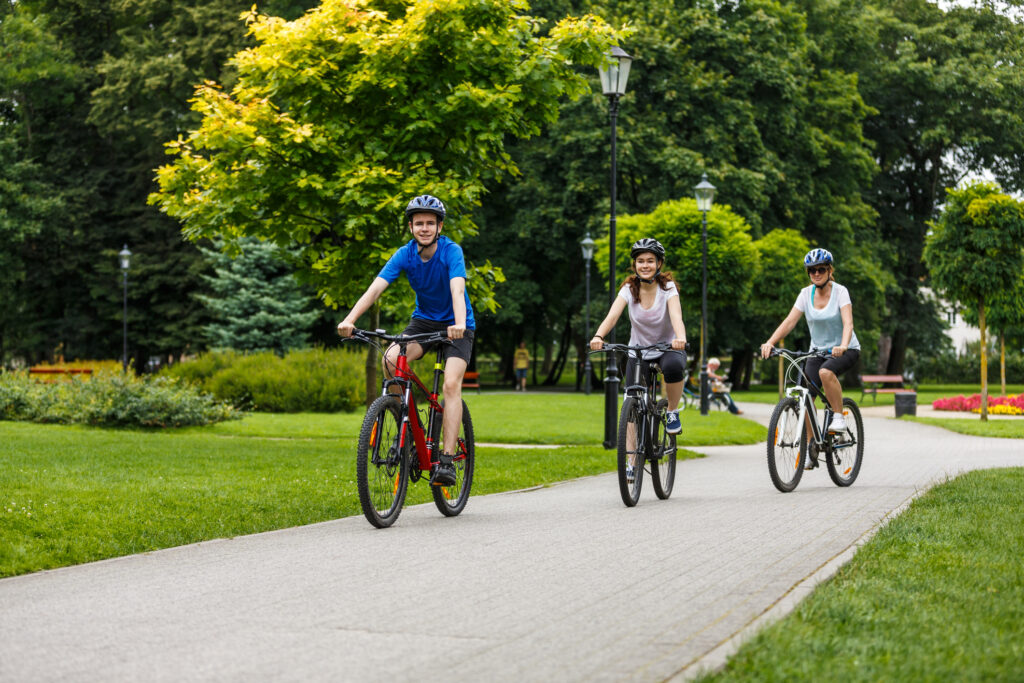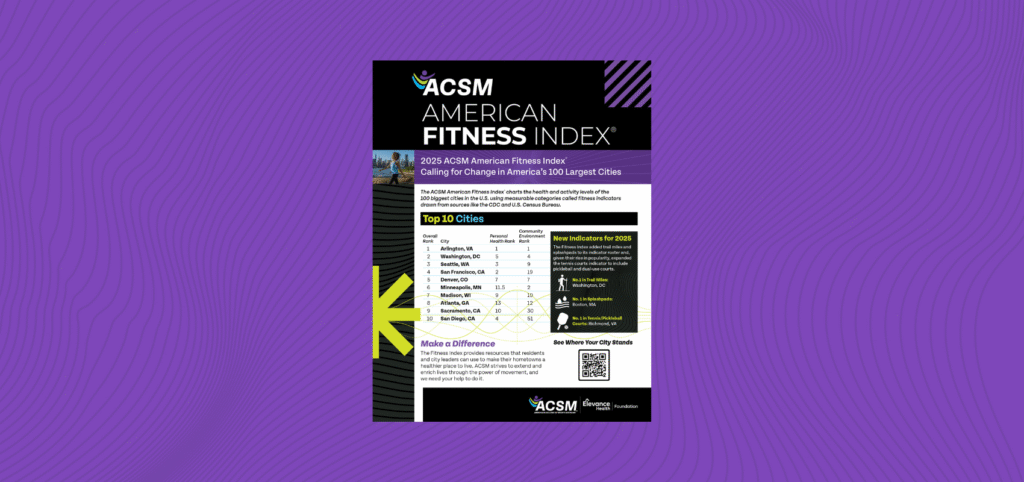The fact that physical activity is essential for health and longevity in almost everyone is above dispute. However, the type, amount and frequency of physical activity (PA) remains unclear. Traditionally, PA can be defined by intensity as light (e.g.; normal walking, <2.5 mph; moving at home or office), moderate (e.g.; brisk walking, >2.5 mph; jogging) and vigorous (e.g.; fast jogging and running).
Moderate or Vigorous Intensity Physical Activity
In 2008 and 2018, the U.S. Government published ‘The Physical Activity Guidelines for Americans’ that essentially advocates ‘the exercise model’ in that only moderate-intensity (i.e.; for at least 150 min/week) and/or vigorous intensity PA (i.e.; at least 75 min/week) are effective to improve health. The reasoning for this is that moderate-to-vigorous-intensity exercise is required to improve cardiovascular health measures such as VO2max (a measure of how efficiently the body can take in, transport and use oxygen). It implies that light-intensity PA, such as walking throughout the day, is of little value because it doesn’t significantly improve cardiovascular measures. Inactivity in this model is defined as not meeting the prescribed amounts of moderate and vigorous intensity exercise (i.e.; at least 150 or 75 min/week; respectively). Potential benefits from light-intensity PA are not discussed specifically in this model, although it is recognized that any PA is better than none. Indeed, there are many positive health benefits of moderate/vigorous exercise, but the model does not consider both the independent benefits of light-PA, as well as the need for light-PA to fully realize the benefits of exercise.
Light-Intensity Physical Activity
In contrast, it has been known since the London bus driver study by Morris et al. in 1953 that prolonged sitting in drivers is unhealthy compared to conductors who move to collect tickets and thus perform light-intensity PA. This was early proof that light-intensity PA has health benefits.
For decades it might have been assumed that long periods of sitting throughout the day, can be countered by exercise. However, this appears not to be the case because people who meet the above guidelines for exercise are still at increased risk of heart disease and death if they are sedentary most of the day. Over the past 20 years it has become increasingly obvious that the unhealthy effects of a sedentary lifestyle are not simply the lack of moderate and vigorous exercise. In fact, another definition of inactivity has evolved and is now described as too little movement or too much sitting. This focus emphasizes the need and benefit of a certain amount of light-intensity PAor ,maybe more importantly, the need to limit sitting and standing time. Counting steps, accumulated by walking or moving around the house or office, has become a popular measure because pedometers can be worn on the wrist or hip or by a smart phone in your pocket.
Epidemiological Evidence
Epidemiology is a branch of public health that aims to understand the patterns and causes of diseases and to identify ways to prevent and control them. A number of epidemiological studies in large populations have shown that reductions in daily step count are associated with increases in the risk of heart disease and death. This relationship indicates a steep increase in risk when steps per day decline below approximately 8,000 in middle-aged adults and approximately 6,000-7,000 in older adults (> 60 y). Therefore, inactivity in this model is defined as less than 8,000 steps/d(or 7,000 in older adults).
The average American adult takes approximately 4,000-5,000 steps/d. Every increase of 1,000 step/d in sedentary people reduces the risk of heart disease and death by 15%. Thus, a person who increases steps/d from the average of 4,000 to the recommended 8,000, should reduce mortality risk by approximately 60%. This is a phenomenal improvement in health that can’t be rivaled by any drug or diet plan. It also emphasizes how unhealthy the modern lifestyle is, which has us sitting so much of the day. On average, it takes approximately 2,000 steps to walk one mile. When walking at three mph, one mile can be completed in 20 min. To continuously walk 4,000 steps or ~2 miles, would take 40 min. So, a person wanting to increase their daily step count from 4,000 to 8,000 would only need to walk for 40 minutes. This does not need to be continuous, as steps that are accumulated throughout the day give the same benefit.
Recent Direct Physiological Studies of Inactivity
The epidemiological evidence discussed above has been supported by direct physiological studies that have shown that inactivity of 24-48h can have negative health effects. Pioneering work by Hamilton and co-workers in rodents showed that inactivity impaired muscle enzymes and fat metabolism. We have observed similar effects in people and furthermore shown that a moderate/vigorous 1-hour bout of running or cycling, which normally improves fat metabolism and health, fails to have that beneficial effect if the person was inactive the days before. These preliminary studies suggest that the negative effects of inactivity can be more powerful than, and even cancel, the positive effects of exercise. They also show that inactivity and exercise operate through different physiological pathways.
Preliminary Recommendations
To get the optimal health benefits of PA it is necessary to sit less and both move throughout the day with sufficient light-intensity PA (>8,000 steps/d) and also exercise with moderate-intensity PA (at least 150 min/week) and/or vigorous-intensity PA (at least 75 min/week). Recommendations have not yet been defined for exercise of higher-intensity and shorter duration (such as high intensity or sprint interval training).
Summary
The important new concept is that some of the positive health effects of moderate or vigorous intensity exercise may not be realized if the person is otherwise sedentary. Clearly, light-PA by itself is healthy and adults need minimal levels of light-intensity PA. Once light-PA levels are reached, exercise appears most beneficial, at least to metabolic health. One recommendation might be: sit less—move more—and exercise.
Author: Edward F. Coyle, PhD, Professor Emeritus, Department of Kinesiology and Health Education , The University of Texas at Austin
Disclosure: Dr. Coyle owns equity in Sports Texas Inc., a company that makes an exercise bike (PowerCycle).




